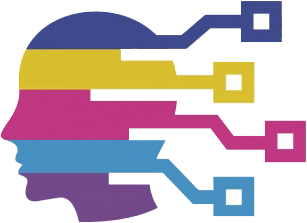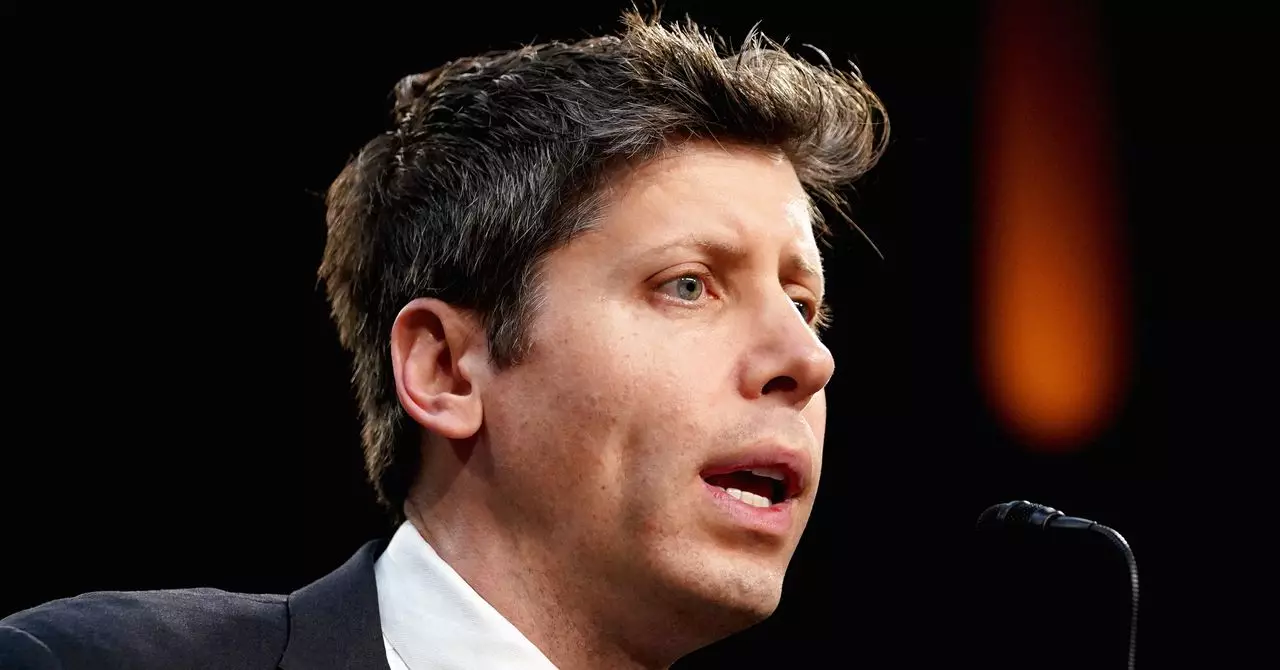In the rapidly evolving realm of artificial intelligence, business agreements are often overshadowed by technological breakthroughs. Yet, occasionally, a small contractual clause can become the fulcrum upon which entire partnerships pivot. This is precisely the situation in the relationship between OpenAI and Microsoft, two giants in the AI landscape whose collaboration is now intensively scrutinized, revealing the fragile balance between innovation, control, and commercial leverage.
At the heart of the unfolding drama lies a modest but incredibly powerful clause in their contract: if OpenAI’s board determines the company has achieved artificial general intelligence (AGI)—a milestone representing AI systems capable of outperforming humans across most economically valuable tasks—Microsoft’s licensed access to the newest OpenAI technologies would be abruptly curtailed. This clause, once a theoretical fallback, now looms as a concrete threat, igniting tensions that threaten to unravel a partnership based on billions of dollars in investments and shared vision.
The Stakes of Declaring AGI Achievement
The central problem is not the clause itself, but its implications and OpenAI’s opaque criteria for when AGI is truly reached. While Microsoft, having committed more than $13 billion, understandably seeks continued rights to OpenAI’s cutting-edge models, OpenAI holds the unilateral power to redefine access to its crown jewel by declaring it has attained AGI. This restructuring of access privileges exposes the unequal bargaining dynamics embedded in the contract: OpenAI controls a potential choke point through an internal decision that can dramatically shift the partnership’s value.
Notably, internal debates at OpenAI illustrate how this clause ripples into the organization’s research and communications. The confidential “Five Levels of General AI Capabilities” paper, designed as a framework for charting progress toward AGI, reportedly complicated internal consensus on when or if that milestone could be confidently announced. If adhering rigidly to such a framework might delay a declaration of AGI, it suggests that strategic ambiguity, rather than scientific transparency, partly governs OpenAI’s approach to this defining moment.
Microsoft’s Dilemma: Negotiating Access or Walking Away
Behind closed doors, Microsoft’s leadership wrestles with two opposing realities: skepticism about OpenAI reaching AGI by 2030, and frustration at being potentially cut off if OpenAI invokes the clause prematurely. Microsoft’s desire to remove or modify this clause stems from a practical concern—ensuring long-term access to the technological frontier their massive investment was meant to secure.
However, from OpenAI’s perspective, this clause is not just a legal technicality; it is strategic leverage to maintain independence and prevent Microsoft from monopolizing emergent AGI capabilities. Microsoft reportedly considers even abandoning the partnership if its demands are unmet, a drastic signal that the company views the risk of losing the cutting edge as existential.
Complexity of AGI Definitions and Power Plays
The contract itself distinguishes two AGI definitions: one activates if the board unilaterally decides AGI has been achieved, which triggers an automatic restriction on Microsoft’s access, and another—added later in 2023—that involves a commercially viable profit threshold requiring Microsoft’s approval before AGI status is declared. This dual-definition system highlights the tension between the scientific concept of AGI and its commercial realities. It effectively grants OpenAI a complex set of tools to control negotiation dynamics, either by invoking the board’s independent judgment or by navigating profit-based consensus.
Moreover, the agreement explicitly prohibits Microsoft from independently pursuing AGI technologies derived from OpenAI’s intellectual property, reflecting OpenAI’s intent to tightly control not just future AI breakthroughs but also the competitive landscape around AGI development.
The Shadow of Competition and Trust
The friction extends beyond contracts into strategic posturing, with rumors reported by the Wall Street Journal indicating that OpenAI has contemplated accusing Microsoft of anticompetitive behavior—an escalation that would signify a breakdown in trust between partners once united by a common goal. Such a scenario threatens to institutionalize conflict rather than collaboration.
It is also worth noting the high-stakes timing referenced by insiders: OpenAI’s CEO Sam Altman reportedly predicts witnessing AGI during the current U.S. presidential term, adding urgency to the negotiations and heightening the risk that these disputes might jeopardize a pivotal technological breakthrough.
My Perspective: Innovation Demands Transparent Partnerships
This saga underscores a critical lesson: true innovation, especially in transformative fields like AI, cannot thrive amid opaque decision-making and guarded leverage tactics. OpenAI’s control over the AGI declaration power and its contract’s complex stipulations introduce uncertainty that could stifle not only the partnership with Microsoft but broader trust in AI development governance.
Successful technological revolutions depend not just on scientific progress, but on aligned incentives, transparent criteria, and collaborative trust. By privileging strategic ambiguity and wielding unilateral power over access to future technologies, OpenAI risks alienating a crucial stakeholder whose capital and influence catalyze development—potentially slowing progress at a moment when the world eagerly awaits breakthroughs.
The unfolding tension between Microsoft and OpenAI mirrors a broader challenge in AI governance: balancing proprietary control with the need for openness and shared benefit. If this partnership unravels, it should serve as a cautionary tale that even in cutting-edge innovation, clearly defined, mutually respectful agreements are pivotal to turning technological potential into tangible societal good.

